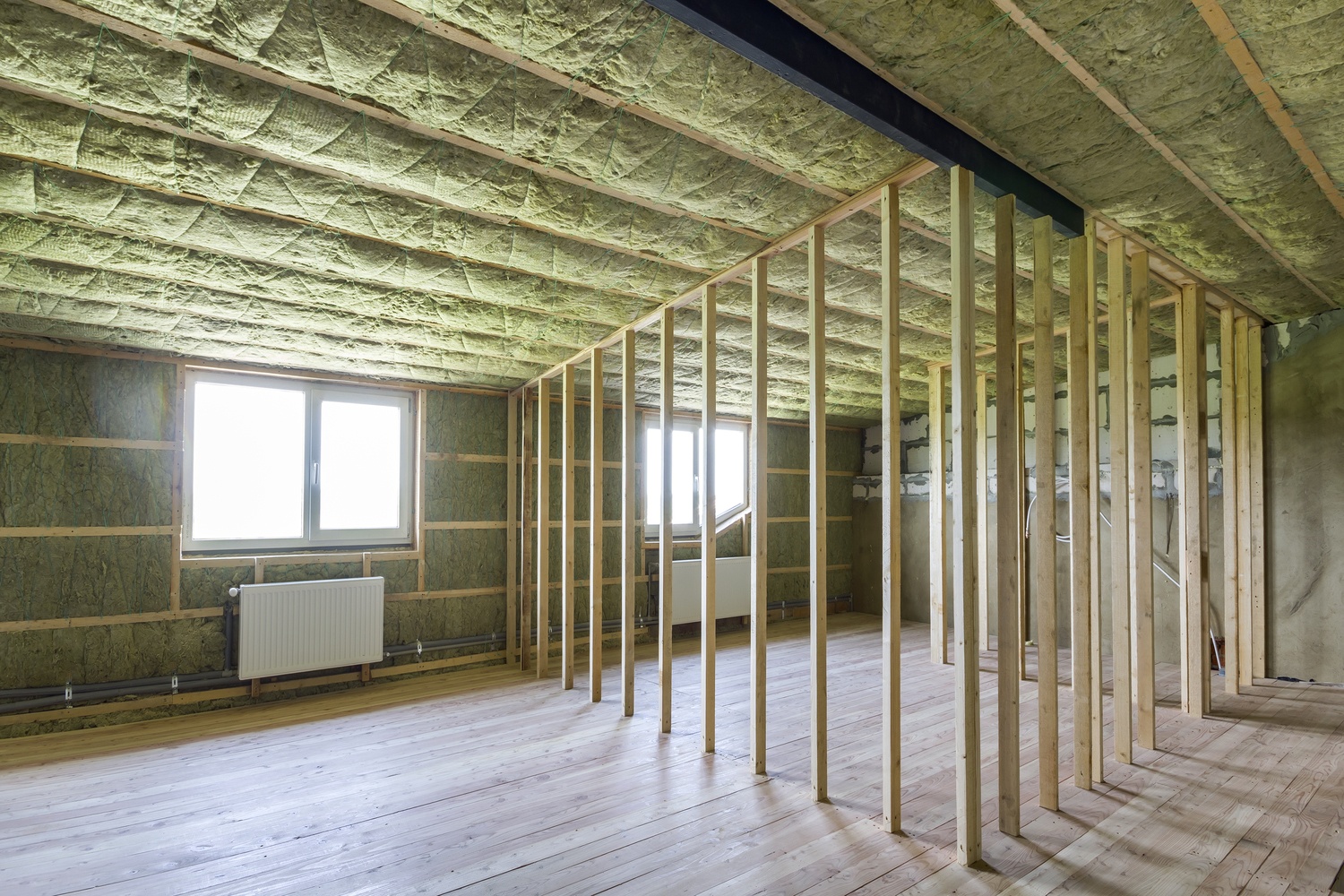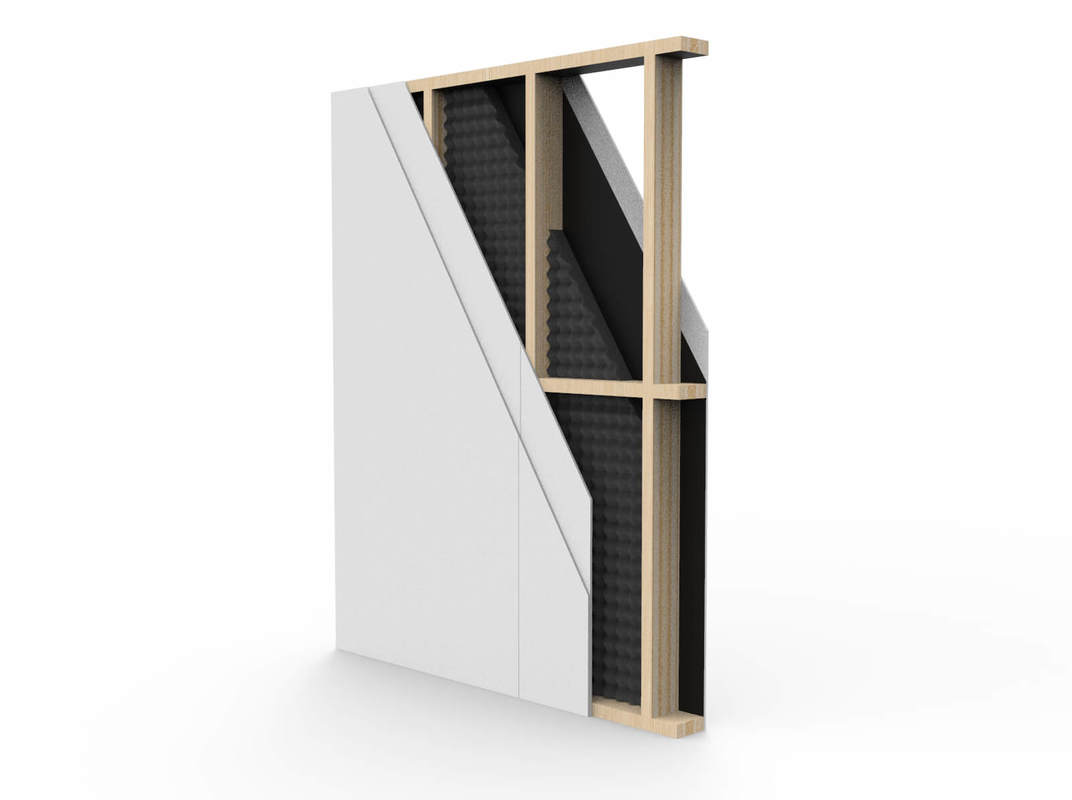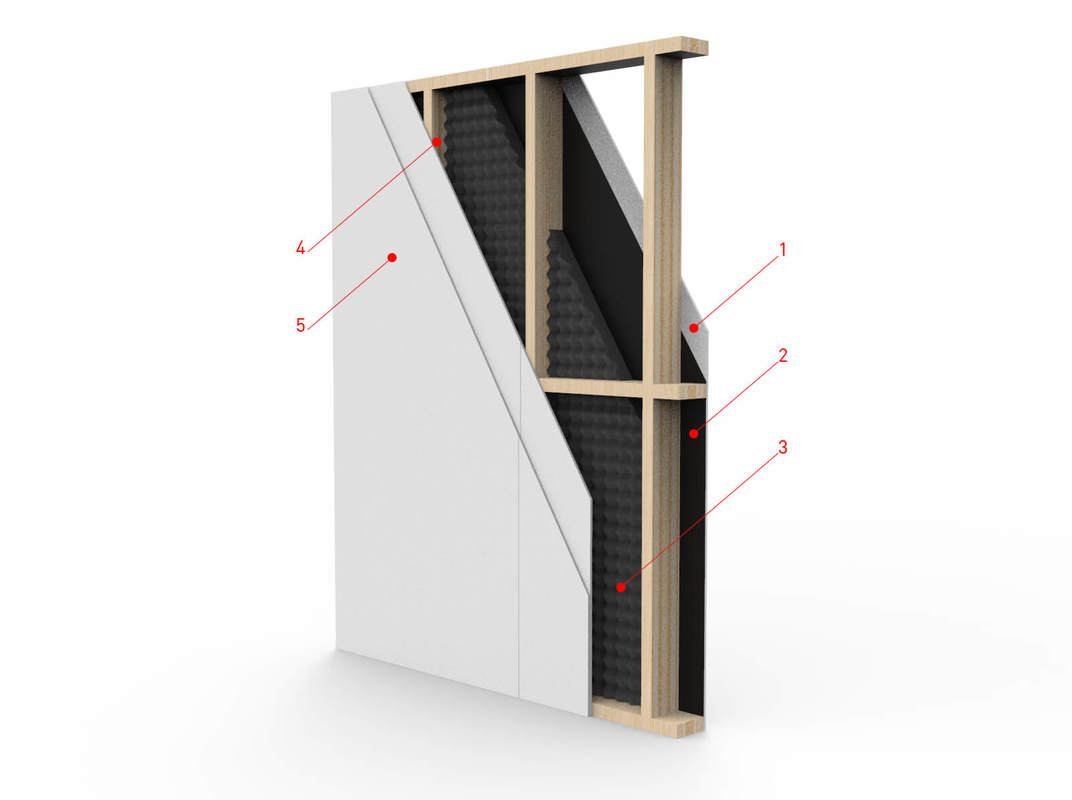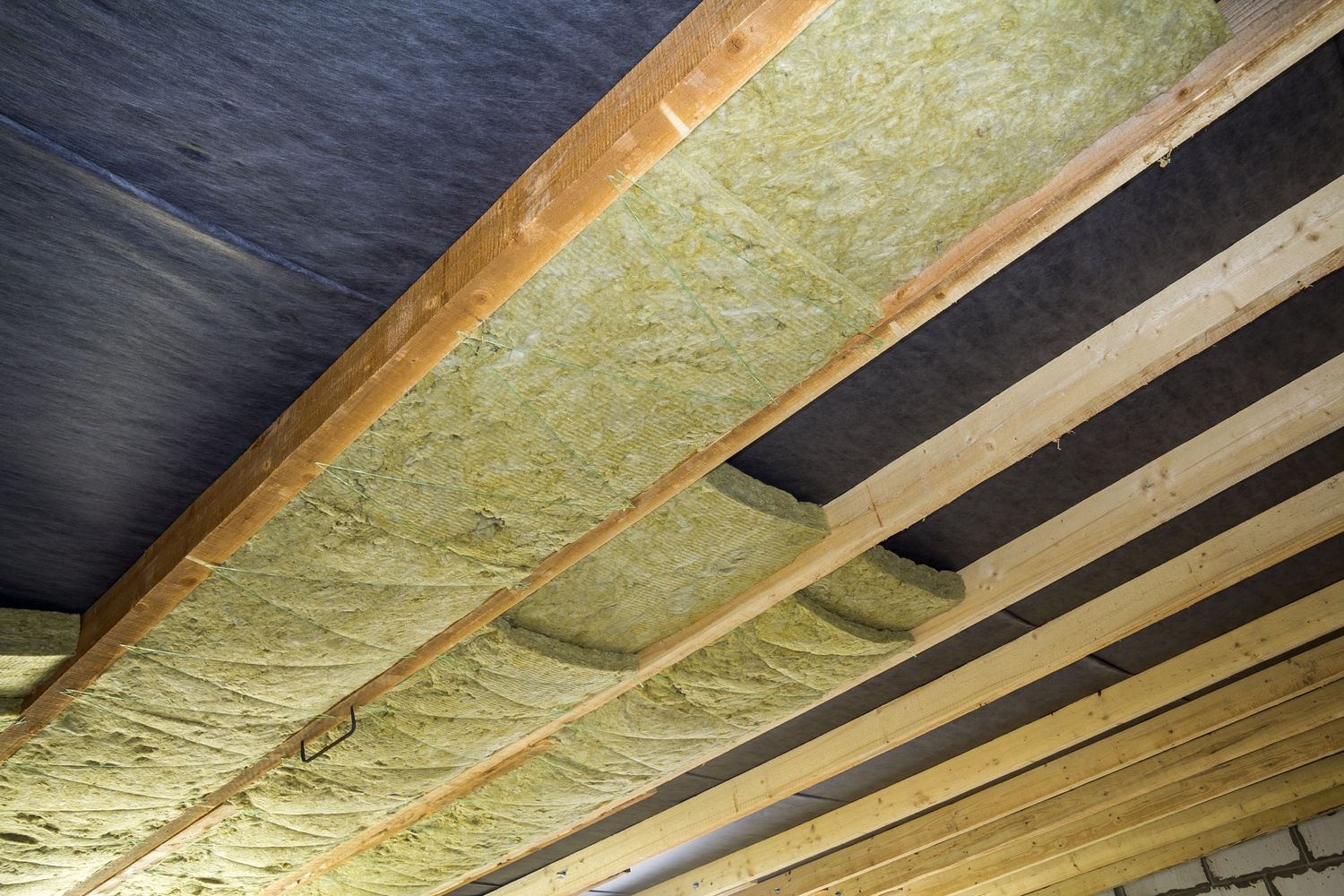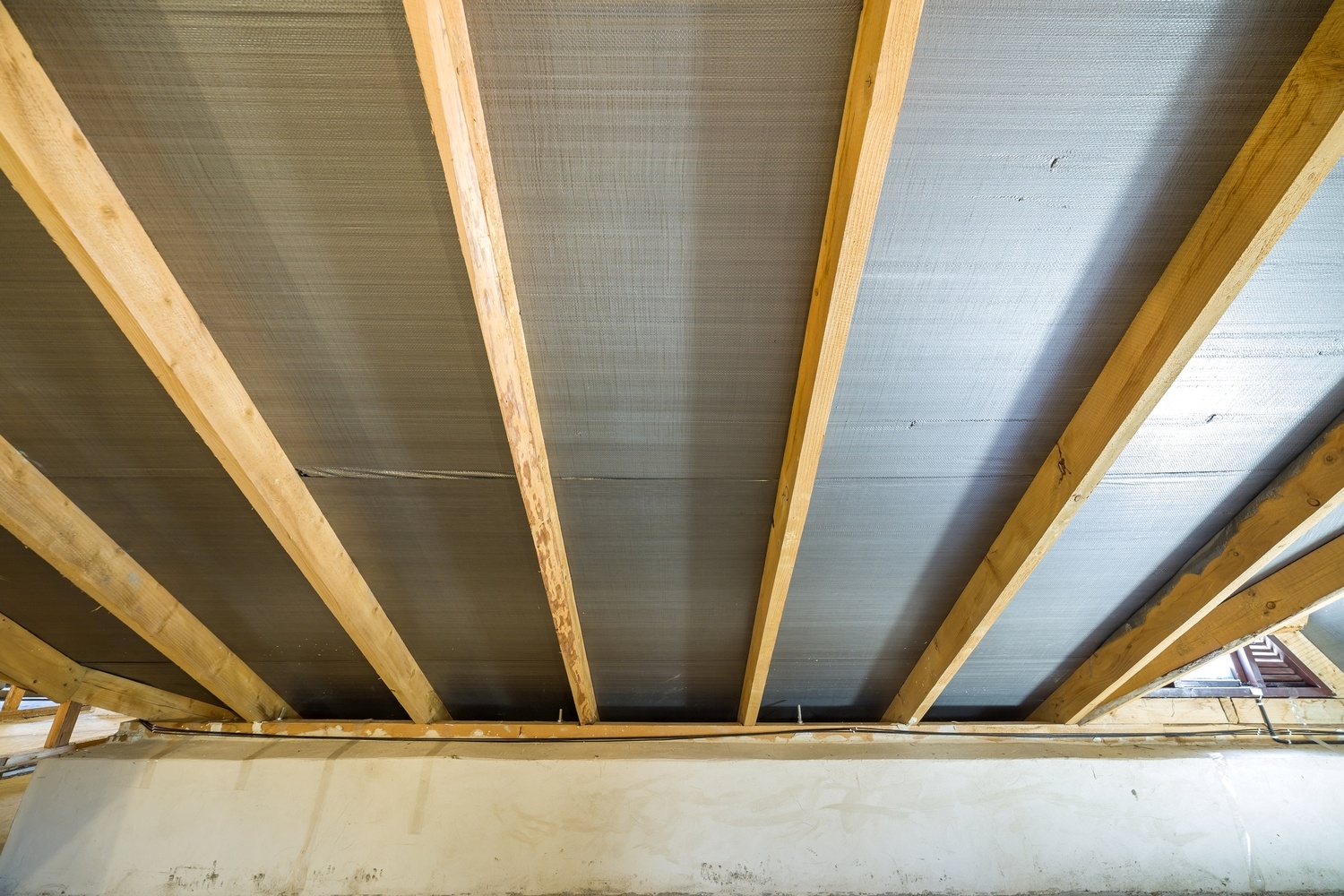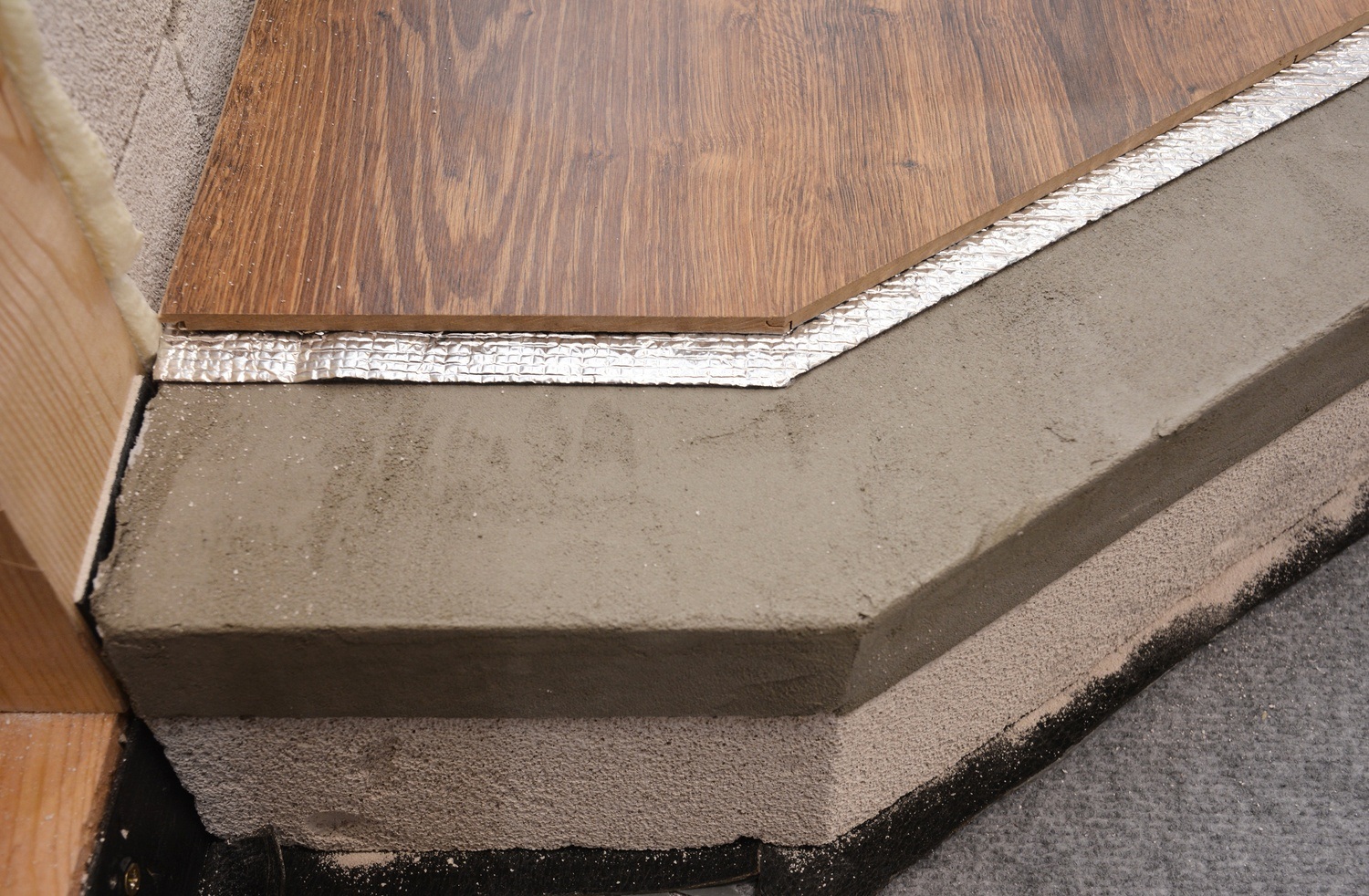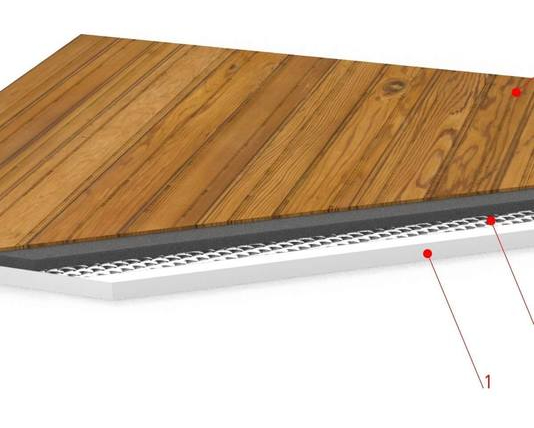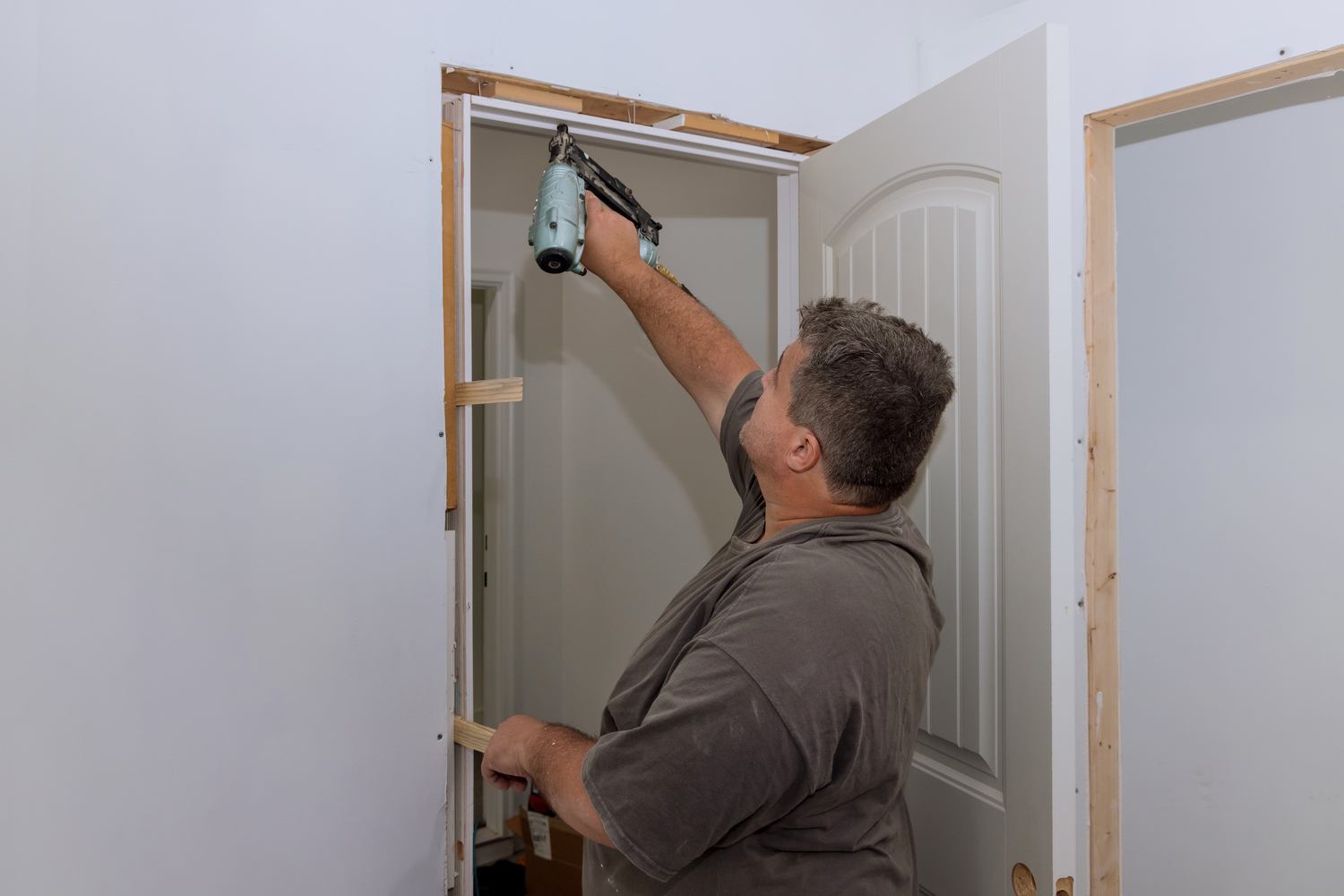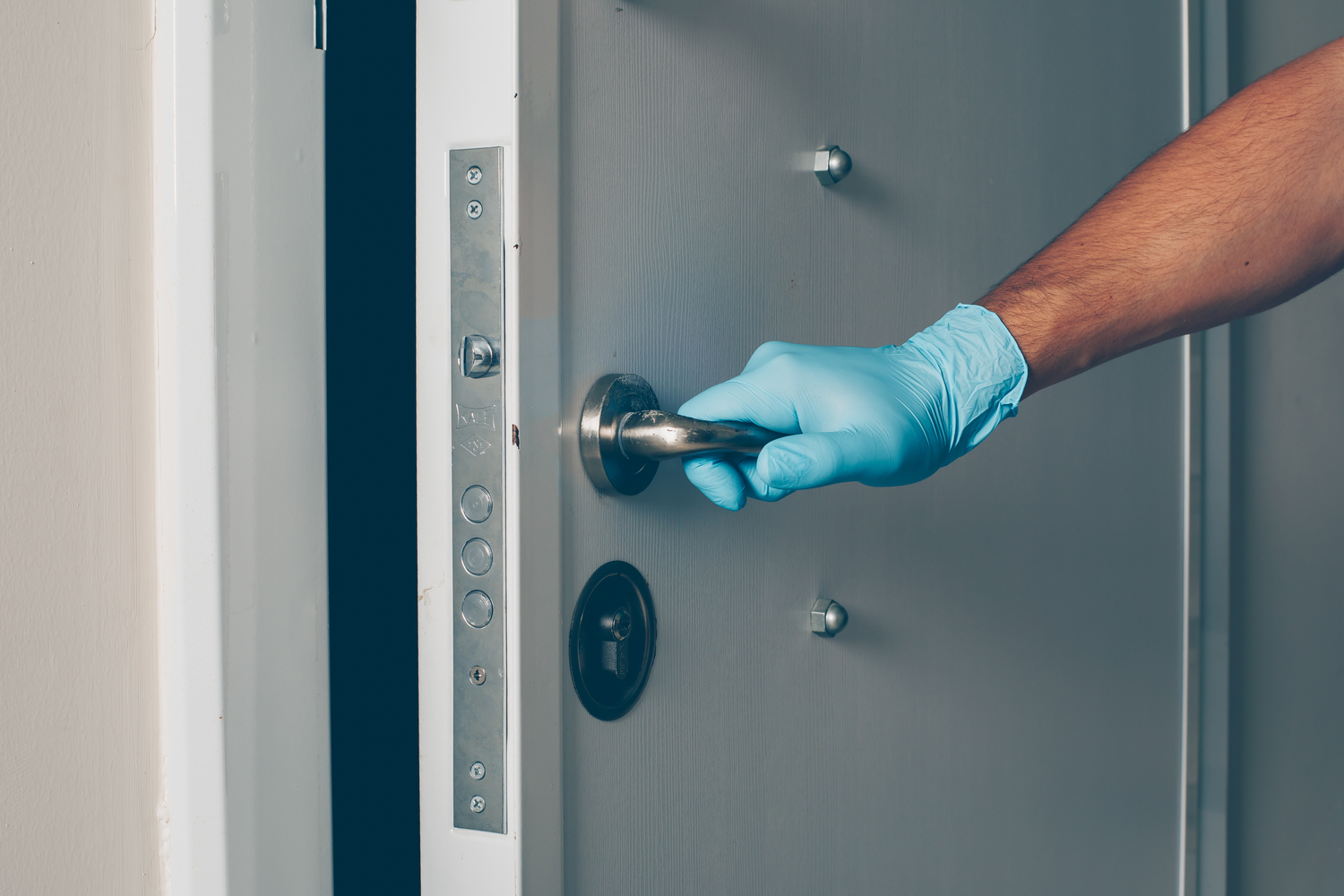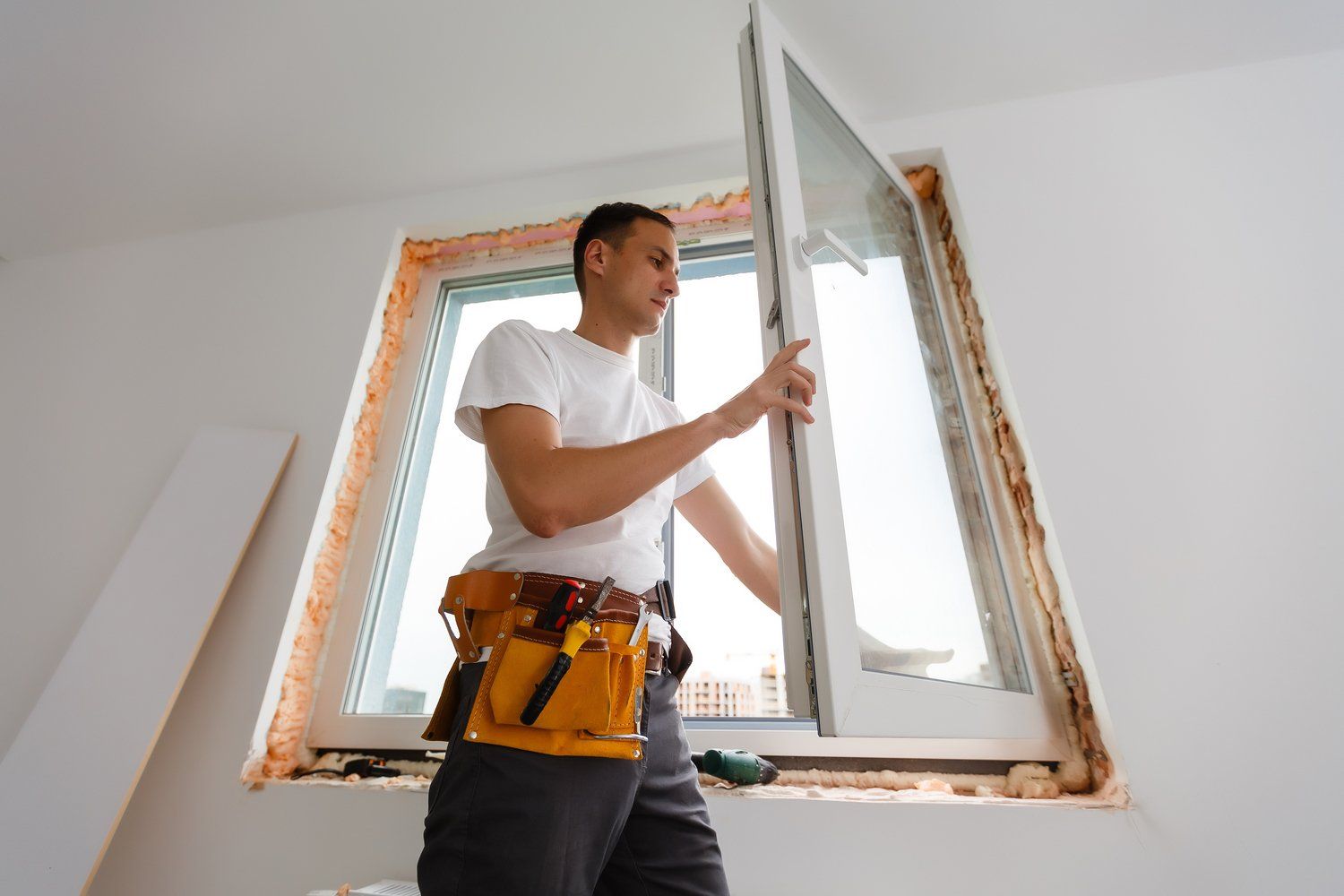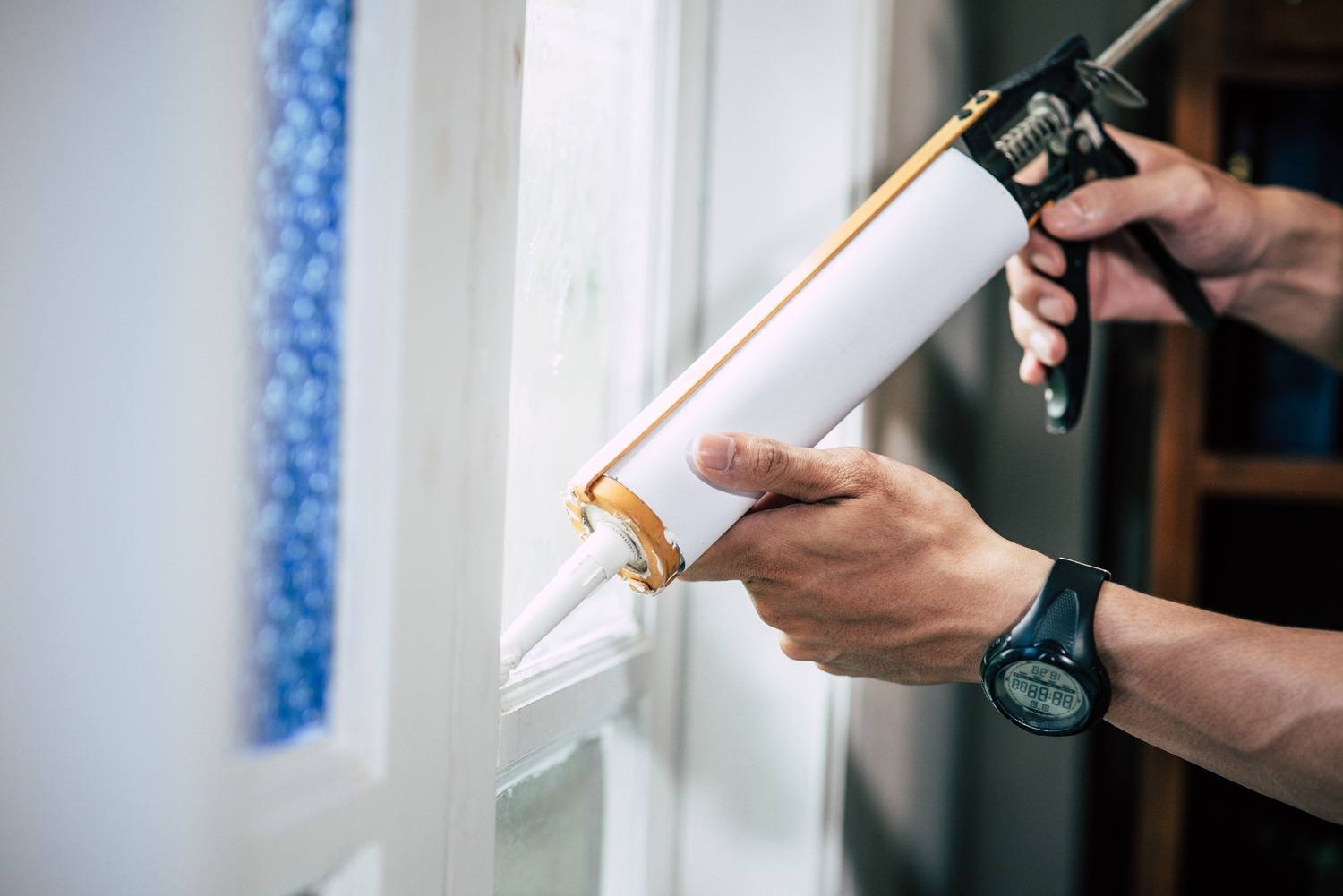How to soundproof a room – A complete guide to a quieter environment
Soundproofing a room means minimizing sound transmission both in and out to create a more controlled and comfortable sound environment. Whether you want to block traffic noise, improve sound quality in a studio, or reduce disturbing noise between rooms, it is important to use the right materials and techniques. By understanding how sound travels and what factors affect soundproofing, you can choose the most effective solutions for your needs.
Why is sound insulation necessary?
Sound insulation is important in a variety of environments:
Homes
Reduce noise from neighbors, traffic, or other noise disturbances.
Offices
Create a working environment where conversations and meetings do not interfere with productivity.
Studios and home theaters
Improve the sound experience and reduce sound leakage.
Restaurants and public spaces
Create a pleasant atmosphere without disturbing noise.
By blocking sound transmission and reducing reverberation, you can improve both comfort and concentration in the room.
Basic principles of sound insulation
To effectively soundproof a room, you need to identify and treat the surfaces where sound is most easily transmitted. Sound travels through:
Walls
Can amplify sound transmission if not properly constructed.
Ceilings
Spreads sound from rooms above if there is no insulation.
Floors
Footsteps and vibrations can travel through the floor structure.
Doors and windows
These are often the weakest points where sound can easily penetrate.
For best results, use a combination of sound-blocking and sound-absorbing materials.
Sound insulation vs. sound absorption – What do you need?
It is important to understand the difference between sound insulation and sound absorption:
Sound insulation
Prevents sound from entering or leaving a room by blocking sound waves. Examples: thick walls, solid doors, and soundproof glass.
Sound absorption
Reduces sound reflections within the room and creates better acoustics. Examples: acoustic panels, carpets, and textiles.
In many cases, a combination of both methods is required to achieve the best results.
How much sound insulation do you need?
Soundproofing can vary in complexity depending on the use of the room:
Basic sound insulation
Perfect for homes where you want to reduce noise from neighbors or traffic.
Advanced soundproofing
Needed in recording studios, movie theaters, and offices where sound blocking is crucial.
Total soundproofing
Requires a complete solution with decoupled walls, sound barriers, and specially adapted materials.
Summary – Creating an optimal sound environment
Soundproofing a room is about blocking sound, absorbing sound reflections, and eliminating sound leaks. Key insights include:
- Walls, ceilings, and floors must be treated to achieve effective soundproofing.
- Doors and windows are often the biggest weaknesses and require extra insulation measures.
- Seal gaps and air gaps to prevent sound from penetrating.
- Combine sound insulation and sound absorption for a comprehensive solution.





